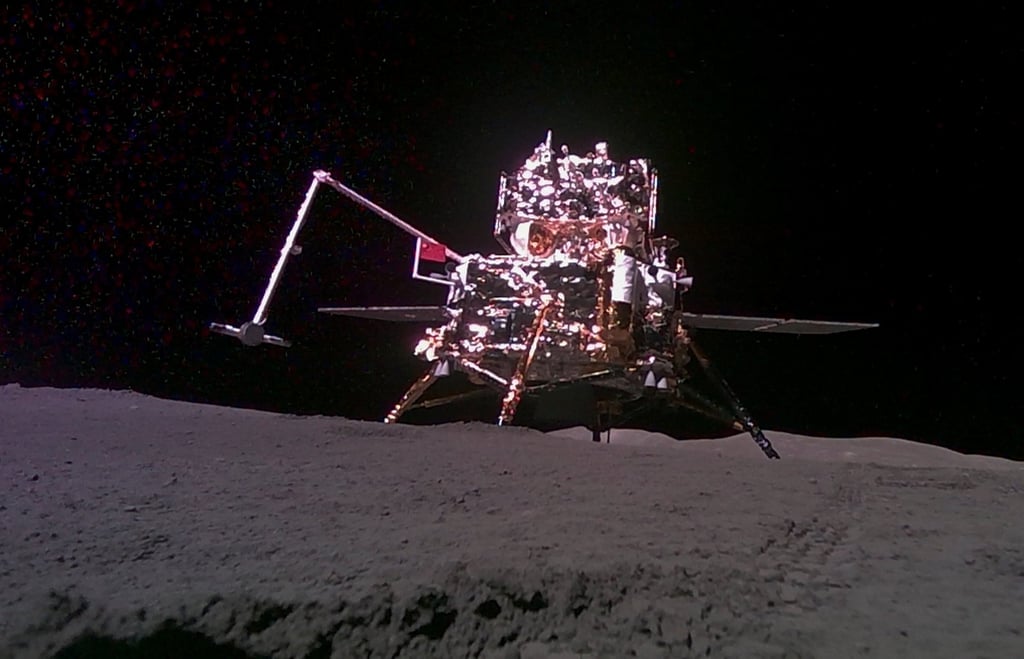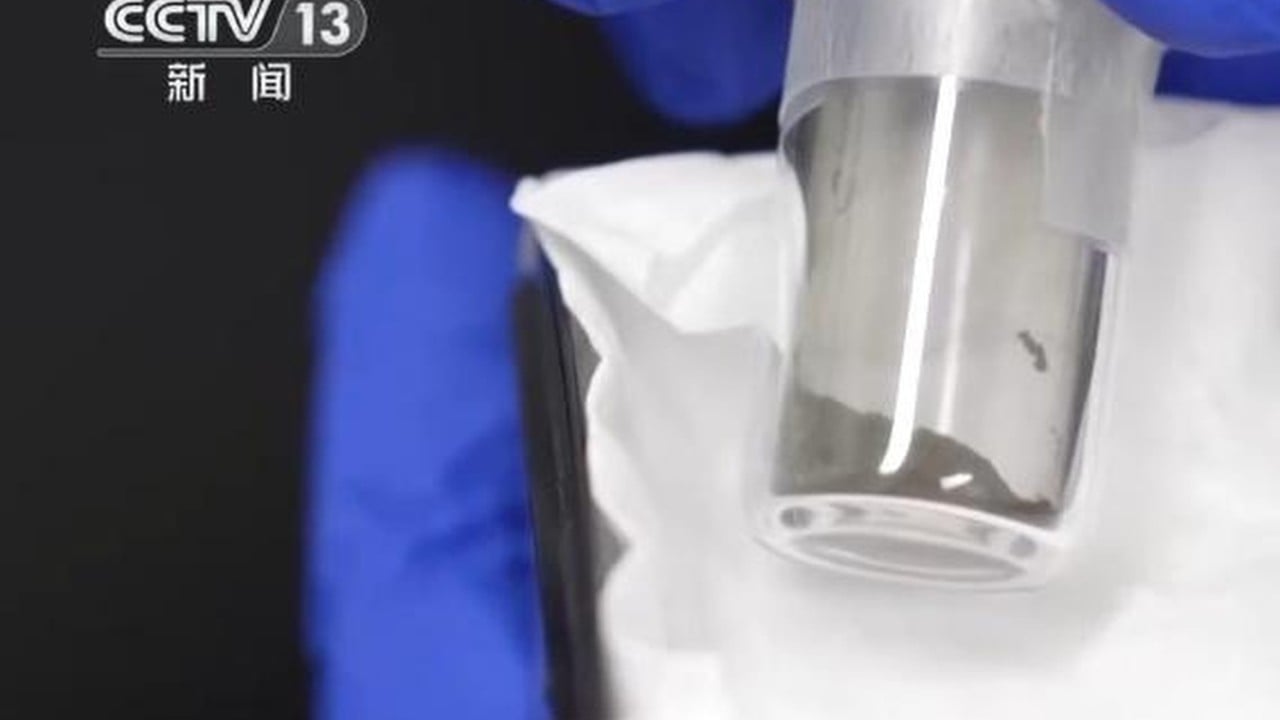Chinese scientists have identified micron-sized grains of “iron rust” in lunar soil samples brought back by the Chang’e-6 mission last year. This finding challenges the traditional understanding of the moon’s surface chemistry and offers new clues to explain lunar magnetic anomalies.
Advertisement
The results were published on Friday in the peer-reviewed journal Science Advances. A research team from Shandong University, in collaboration with the Institute of Geochemistry of the Chinese Academy of Sciences and Yunnan University, identified micrometre-scale crystalline hematite and maghemite – both types of iron oxide – in the Chang’e-6 lunar samples.
The moon has long been considered a dry, chemically reduced environment where iron oxides were thought to be virtually absent.
Although ferric iron – bearing materials, including magnetite and iron hydroxides, were identified in samples collected during the Apollo programme, a 1971 study asserted that such compounds were unstable on the lunar surface, suggesting that the iron hydroxides detected were likely the result of terrestrial contamination.
However, recent remote sensing data and samples from the Chang’e-5 mission have cast doubt on this view. Since 2020, observations by the Moon Mineralogy Mapper have indicated the widespread presence of highly oxidised hematite at high lunar latitudes. In addition, a trace amount of nanophase magnetite was identified in Chang’e-5 lunar soil samples in 2022 using state-of-the-art microscopic analysis.

What remained lacking was compelling mineralogical evidence to confirm these findings.
Advertisement

